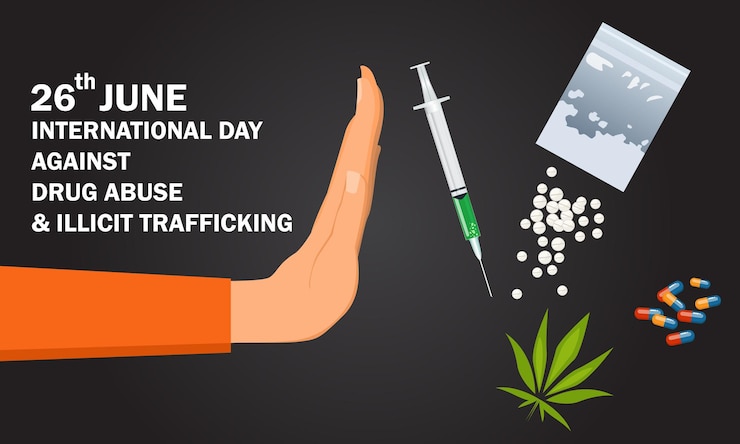
Interior Minister Matteo Piantedosi has brought back the idea of using facial recognition technology in stadiums to combat crimes committed in the fan sections, specifically mentioning drug dealing. Speaking at a political and economic forum, Piantedosi explained that over the years, stadiums, particularly the “curve” areas in major metropolitan regions, have unfortunately “transformed into important drug dealing squares.”
Piantedosi is therefore promoting the use of facial recognition in sports facilities. He stated that this type of technology`s current use is “constrained only by certain types of necessity, which are essentially judicial.” The Minister remarked that “the State cannot afford to be at a competitive disadvantage against criminal organizations.”
The issue sits at the intersection of privacy and security. As Piantedosi clarified, from a technical standpoint, facial recognition is already possible, and several large Italian stadiums are technically ready to implement it. The main hurdle is regulatory: beyond the name itself (it might not ultimately be called “facial recognition”), the use of the technology must ensure that spectators can only be identified by law enforcement and not for other purposes. This is the condition set by the privacy guarantor for approval, and clubs—who are typically responsible for adopting the technology, sometimes in conjunction with municipalities but solely in the case of privately owned stadiums—are reportedly ready to comply with this requirement.











